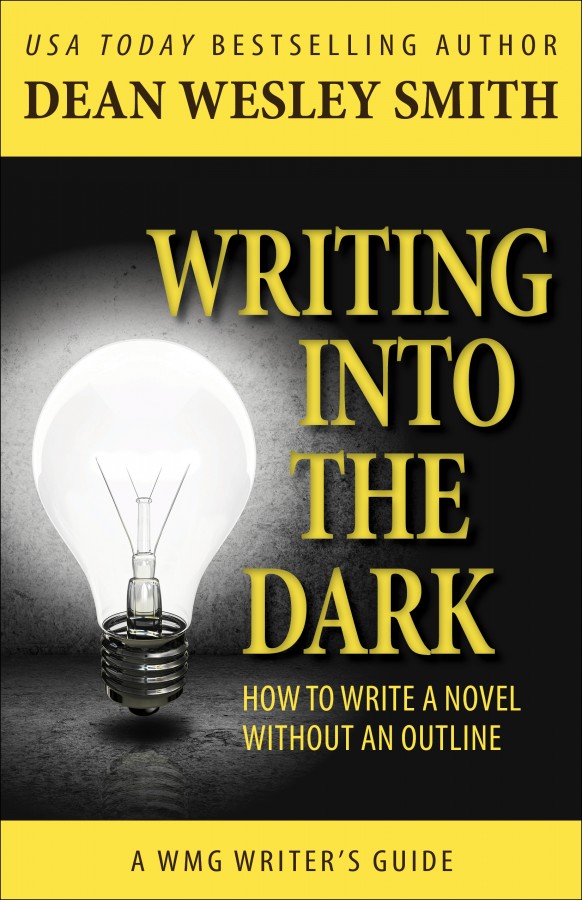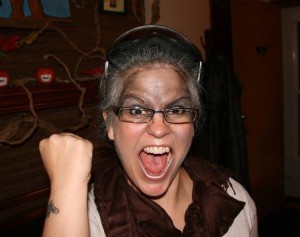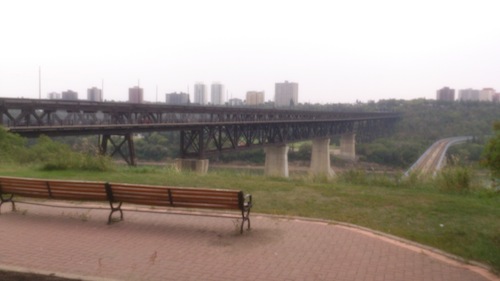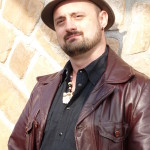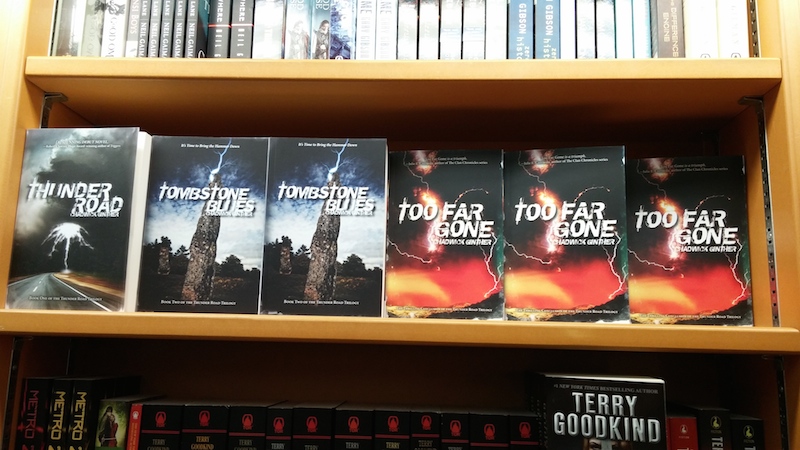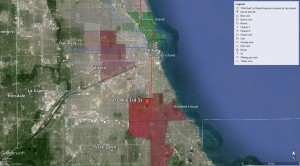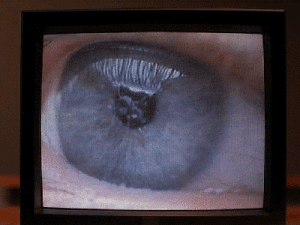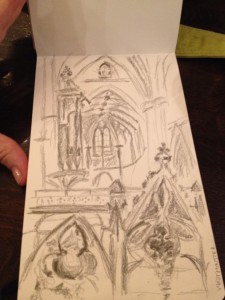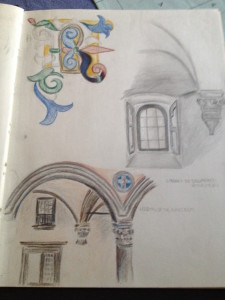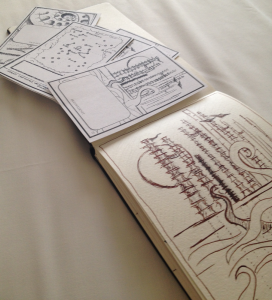by Mike Buckley
A few years ago, a student of mine asked me to read a novel that she had just finished. I agreed. What I knew about my student at the time (Deidre is her name) was that she was a librarian who specialized in collections from the late eighteen hundreds. She struck me as smart, a bit quiet, given to irony and a love for writing about Florence.
Her novel blew my mind right out of my ears.
It didn’t fit with what I knew of Deidre at all. It was a cold, tactile detective work that took place between Amsterdam and Thatcher’s London, and followed a frighteningly-badass schlub as he tracked down an art thief. That’s not the part that struck me, of course; it was well-executed, which, knowing Deirdre, I had expected. But there was a scene in which the detective is cornered near a river and attacked by some corrupt cops. It was the most honest depiction of violence I had ever encountered. Just reading it was very much like getting beat up. It held me and pushed me away in the way that very authentic writing can, and when I finally could put it down, I called Deirdre.
Who the hell are you, anyway? I asked her.
Deirdre laughed it off. (It turned out that she was a lifelong martial artist, and a year after I read the book she brought a sword to a Science Fiction writing class that I was teaching and showed us all the right way to quickly separate a person from their guts.)
The lesson that stuck with me, though, is that writing about violence is like writing about anything: it’s all context. Sometimes you need characters to have a quick dust up or you need to toss a side character through a saloon window. Sometimes you need the violence you’re writing about to be quick and throwaway.
But other times you’ll want to tell the truth.
I remember years and years ago I was reading an interview with Salman Rushdie and he was talking about the difficulty of writing sex scenes. I was a teenager at the time and completely did not get it. What’s so hard about writing sex scenes? They’re all over the place, from movies to billboards. But as I grew as a writer, I realized that was exactly the problem. When writing about sex, you’re not just writing about something that completely surrounds us (and most of what is out there is polished and unrealistic and sometimes humiliating) but you’re engaging in a conversation that’s been going on forever. So the problem with writing sex scenes is to tell the truth with them, to capture the feeling of the whole thing.
Which is exactly the problem when writing about violence.  It’s surrounded by clichés. We already imagine a square-jawed cowboy cocking an arm back and knocking out a black hat with a single, easy punch. The black hat is unconscious for just long enough for the hero to kiss the heroine, then ride away on a horse, and when the black hat wakes up, he displays no neurological symptoms of the head trauma he’s just received. That sort of violence is something that we can pretty easily write. That’s because it isn’t realistic, and it isn’t meant to be. When you write a bar brawl in such clichéd terms, you’re not putting violence on the page, you’re playing ping pong with familiar signifiers: the punch, the fall, the kiss, the moral victory.
All fine and good, but not honest.
That was the realization I had reading Deirdre’s novel. The fight scene made me feel overall bad for the detective character as he was desperately stomping toes and biting fingers as the three crooked cops pummeled him, and the scene scared me, and made me feel my mortality a little more closely. That character got his ass kicked in that scene. Legitimately. Not the way it happens in Chandler, and not the way it happens to Bruce Willis in so many of the movies he is in. Deirdre’s detective lost a fight, and it almost cost him his life.
Since reading that scene, and seeking out others, I’ve put a lot of thought into effective ways to write about violence.  It’s a huge dilemma. Depictions of violence are often types of arguments that are rooted to the needs of a historical/cultural moment. (Consider the 2006 film 300. It seems clear to me that that film was very much about the United States, a nation that was at war on multiple fronts. It was about our desire to sing songs about the nobility of war, our desire to put a villain like Xerxes in front of a band of Spartans that, for all of the dialogue we hear from them, might as well be Marine Recon.) But real violence, of course, is an older type of argument. I’ve spent much of my life studying different types of it. I’ve wrestled, played Judo, boxed, kickboxed, and practiced Krav Maga and Brazilian Jui Jitsu.
It is unexpected but true that this type of “violence†can be deceptive. Boxing, kickboxing, jui jitsu—these martial arts are so immersive as to actually be worldviews. What I mean is that boxers train for a very narrow expression of the larger world of violence. They fight in a ring, the ropes of which they bounce off of or slide away from; they fight other boxers, who throw only punches (and only punches from the tradition of Western boxing). When a boxer gets in a street fight, he boxes. It’s the same for a jui jitsu practitioner. The craft of this particular combat sports shapes the way the people who practice them see conflict, the way they conceptualize their response to it, and in every sense ends up becoming both their strength and their weakness. (Krav Maga might be an exception to this, but is definitely a subject for another post.)
Deirdre knew this. Although she practiced Tai Chi, she picked up a knowledge of street fighting from somewhere (I have no idea where it came from, and it scares me a little) and as she wrote the scene in which the detective meets baddies down by the river she knew that it wouldn’t be a boxing match or a sparring session. My own very limited knowledge of street fighting comes from the usual places. School and bars, mostly. I know that street fights are fast and frantic. They’re more energy than technique. They’re a contained riot.
But back to writing. When we’re writing a short story or a novel, whether it’s set on a spaceship or sidewalk, how can we write violent scenes that feel real? The key is to stay away from easy. Stay away from heroic. If it feels expected, or like you’ve seen it before, stay away from it.
When you have a violent scene to write, stay away from the language of sport. Don’t let your characters jab or hook, unless they’re actually boxing. Stay away from easy ways of telling the reader how tough your character is: don’t let her feel teeth crack or nosebones shatter under her punches. Instead, root the way you describe violence to your character’s frame of mind. Maybe they’re scared (which they probably would be; it’s pretty much the definition of rationality to not want to be punched by someone), and so instead of jabbing and cracking teeth, they panic, thrusting blindly with their hands, not noticing until their antagonist falls to their knees that they have accidentally poked him in the eye.  Have your character shout or throw something. Have them bite the antagonist’s nose or grab their genitals, all in total panic or violent glee.
The guiding rule for writing convincing violence should be this: it is never beautiful or elegant or transcendent. (Violent sport might be, but that’s different. Ronda Rousey’s grappling is certainly beautiful, but it isn’t violence, it’s violent sport. Its restrictions—read here as rules—make the beauty possible in the same way that the structure of a sonnet makes the beauty of that form possible. Her grappling is to violence what sonnets are to words.)  When your character is in a rough spot, achieving the feel of desperation, of high stakes, will make the violence feel real. And then you’ll have what any writer wants: your readers will buy into the reality of what they’re reading.
The fight scene in Deirdre’s novel ends, I think, with the main character jumping into the river. It’s the only way he can get away from the corrupt cops who are trying to beat him to death, and it’s the best end for a great scene. Deirdre doesn’t succumb to the temptation to have her hero use his mighty kung fu to tear the three guys apart. It’s the reason why that scene has stuck with me while so many others have not.
And also the reason why I’ll never make Deirdre mad.
***
Mike Buckley‘s short fiction has appeared in The Best American Non-Required Reading 2003, The Southern California Review, and numerous times in The Alaska Quarterly Review, as well as in numerous other anthologies. He has been nominated for various awards, and his debut short story collection, Miniature Men,was released in 2011.   He is a practicing Creative Futurist, using Science Fiction storytelling to improve corporate and government policy. His Science Fiction has appeared in Clarkesworld, Abyss and Apex, and Pravic.
Continue reading
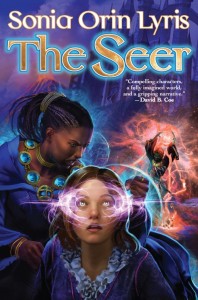
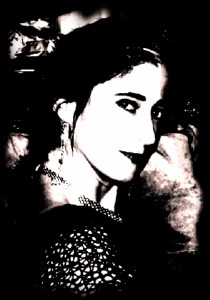 Sonia Orin Lyris is the author of The Seer (http://bit.ly/seersaga), a high fantasy novel from Baen Books (http://www.baen.com/). Her published fiction includes fantasy, science fiction, horror, mainstream, and more, and may be found at lyris.org/fiction (http://lyris.org/fiction/). Follow her on Facebook (https://www.facebook.com/authorlyris/) or Twitter (https://twitter.com/slyris).
Sonia Orin Lyris is the author of The Seer (http://bit.ly/seersaga), a high fantasy novel from Baen Books (http://www.baen.com/). Her published fiction includes fantasy, science fiction, horror, mainstream, and more, and may be found at lyris.org/fiction (http://lyris.org/fiction/). Follow her on Facebook (https://www.facebook.com/authorlyris/) or Twitter (https://twitter.com/slyris).